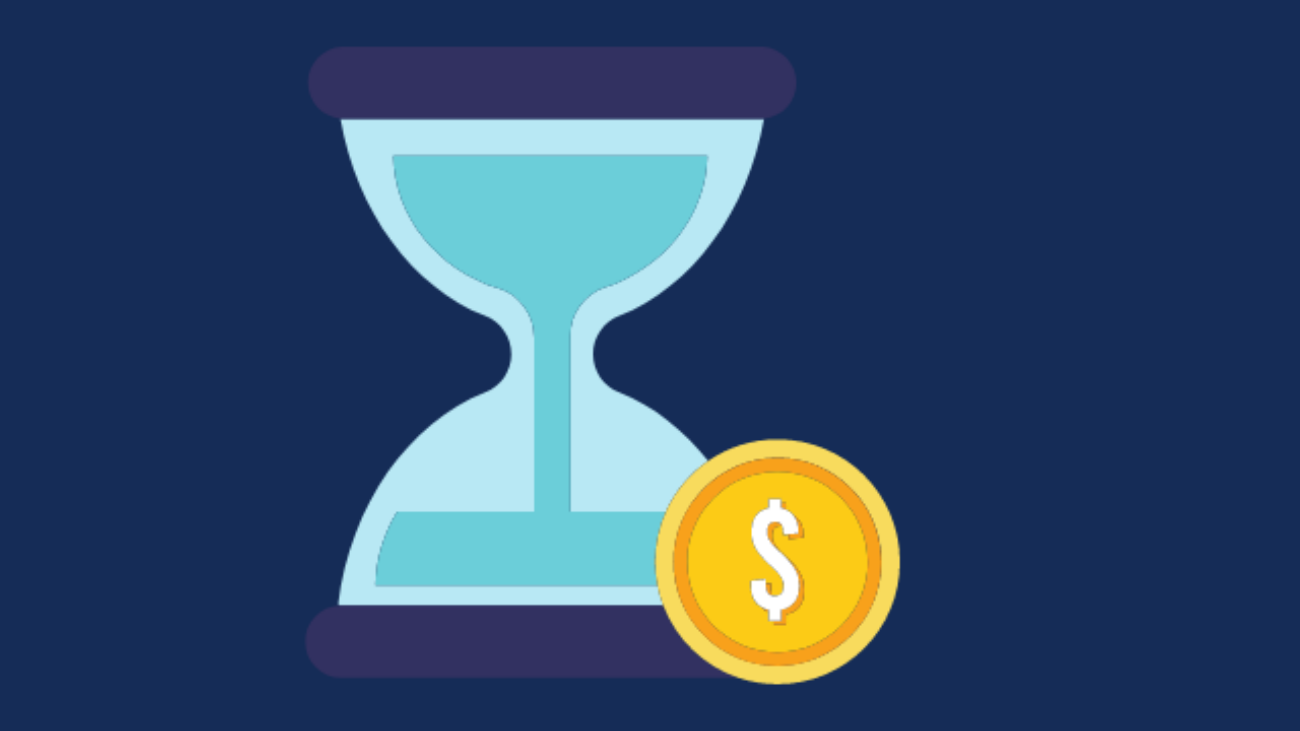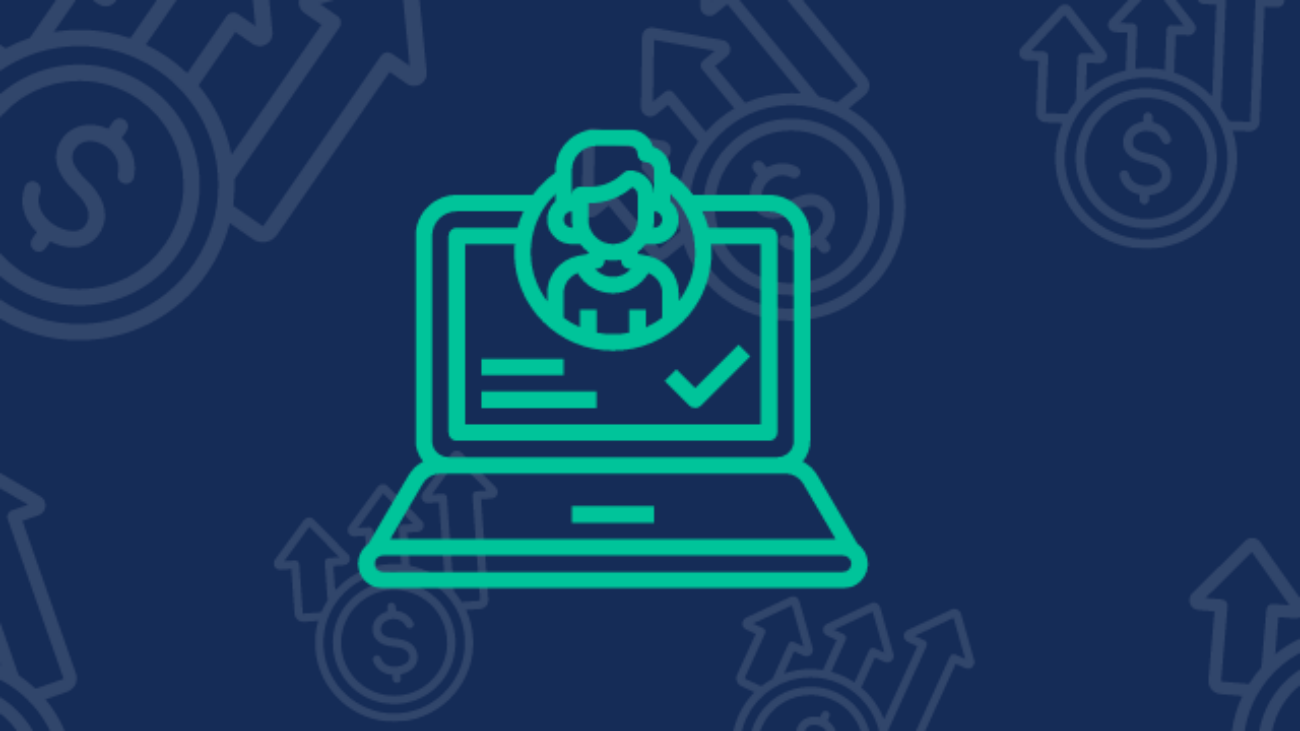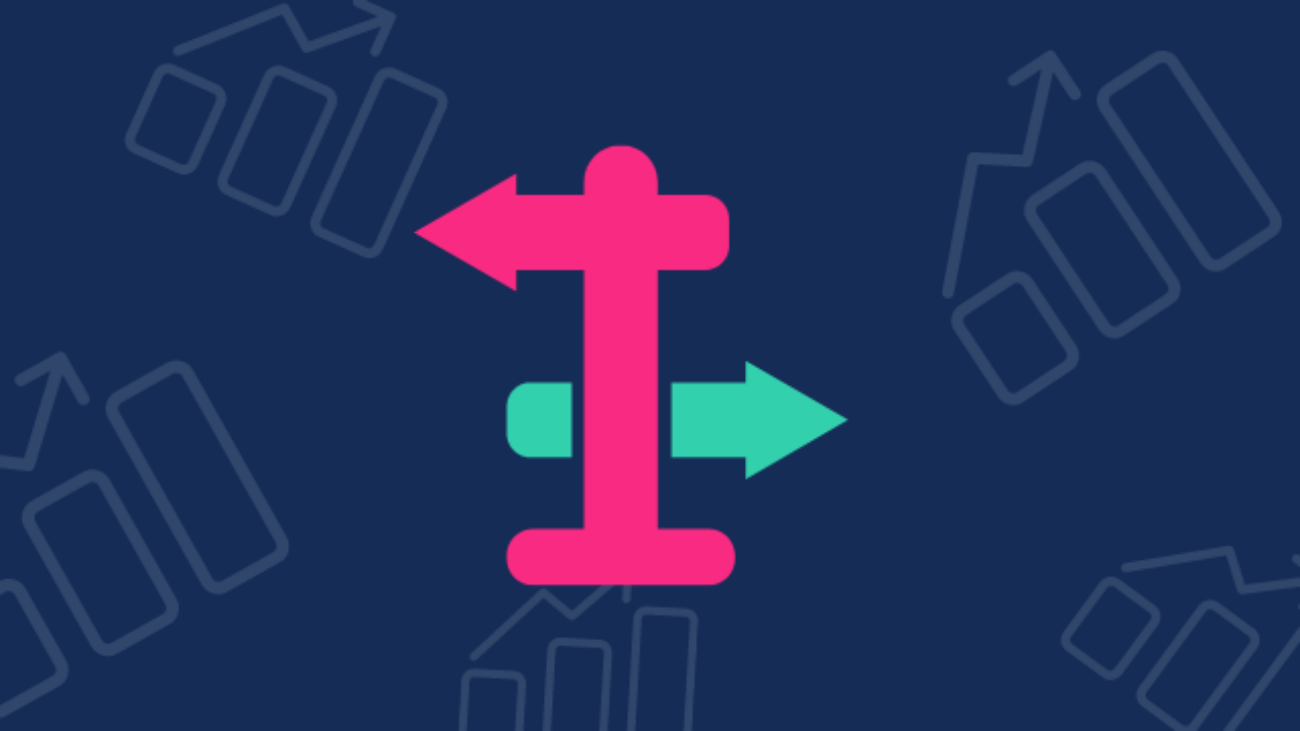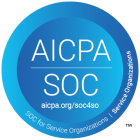How clear is our product journey? Are users getting what they need? Do they understand what we’re trying to accomplish?
B2C can be challenging. Once you’ve succeeded in capturing users’ attention, you have to ensure that they quickly understand what makes your product unique. But how do you know how long it takes them to understand it all and how can you optimize it?
This is where Time to Value (also known as TTV) comes into play. Let’s deep dive into what it is, how to measure it and most importantly how can you make it better so your users get the value they came for.
What is Time to Value (TTV)?
Time to Value is a metric that measures the duration it takes for a customer to realize the inherent value of a product or service after their initial engagement. In other words, it’s the span between a customer’s initial interaction or purchase and the moment they perceive its full benefits.
TTV is a crucial indicator of the efficiency and effectiveness of your product’s onboarding process and its initial user experience. A shorter TTV indicates that customers are rapidly recognizing and reaping the benefits of their purchase, leading to increased satisfaction and loyalty.
How to Calculate Time to Value?
Calculating TTV can vary based on the nature of your product or service, but here’s a basic approach:
Define the ‘Value Moment’: Determine the point at which your customer will perceive value. For a software service, it might be when a user completes their first project. For a physical product, it could be the first successful use.
Track the Starting Point: This could be the time of purchase, sign-up, or when a customer first engages with your product or service.
Measure the Duration: Measure the time it takes from the starting point to the value moment. This duration is your TTV.
For instance, if a customer signs up for a software service on January 1st and realizes its value by completing a task on January 5th, the TTV is five days.
Remember, while this offers a generalized approach, you should adapt the TTV calculation to the specific nuances and expectations of your product or service.
With the understanding of TTV and its significance established, let’s dive into actionable steps to decrease TTV and in turn, enhance your customer’s lifetime value and user retention rate:
Here are 8 ways to reduce TTV for B2C companies
Understand your customer’s journey: What are their needs, pain points, and goals? Map out their entire customer journey, from initial awareness to purchase to ongoing use. This will help you identify areas where you can improve the TTV.
Optimize your onboarding process: Make it as easy as possible for customers to get started with your product or service. This could include providing clear instructions, offering 24/7 support, or providing access to helpful resources.
Make your product or service easy to use: A complex or difficult-to-use product will lead to frustration and churn. Keep your product or service as simple and intuitive as possible.
Deliver immediate value: Don’t make customers wait to see the benefits of your product or service. Offer them a free trial, a discount, or some other incentive to get them started.
Personalize the experience: Tailor the experience to each individual customer’s needs. This could involve offering different features, pricing, or support options.
Measure and track your results: Keep track of your TTV and other metrics so you can see what’s working and what’s not. This will help you make adjustments to your strategies as needed.
Use technology to your advantage: There are a number of tools and technologies that can help you reduce TTV. These include customer relationship management (CRM) software, analytics platforms, and chatbots.
Get feedback from customers: Ask customers for their feedback on your product or service, including how you can improve the TTV. This feedback will be invaluable in helping you make changes that will make a difference.
By following these tips, you can reduce TTV for your B2C company and boost your CLTV and user retention.
The Power of Optimizing Time to Value
Time to Value stands as a pivotal metric in the B2C landscape, serving as a reflection of how swiftly customers perceive the value in their interactions with a brand. A short TTV can significantly enhance user satisfaction, loyalty, and metrics such as customer lifetime value and user retention rate. By understanding what TTV is, knowing how to calculate it, and implementing strategies to optimize it, B2C companies can foster stronger, more rewarding relationships with their customers. In an ever-competitive market, refining and reducing your TTV can be the distinguishing factor that sets your business apart. Embrace the insights, put them into action, and watch your customer relationships thrive.




